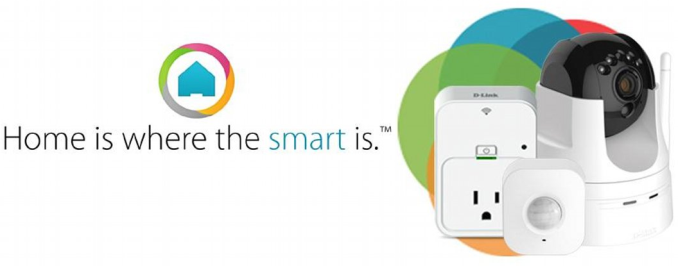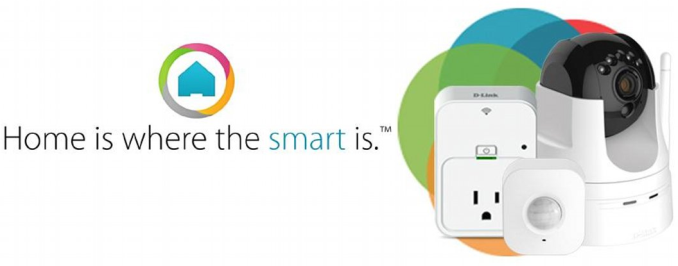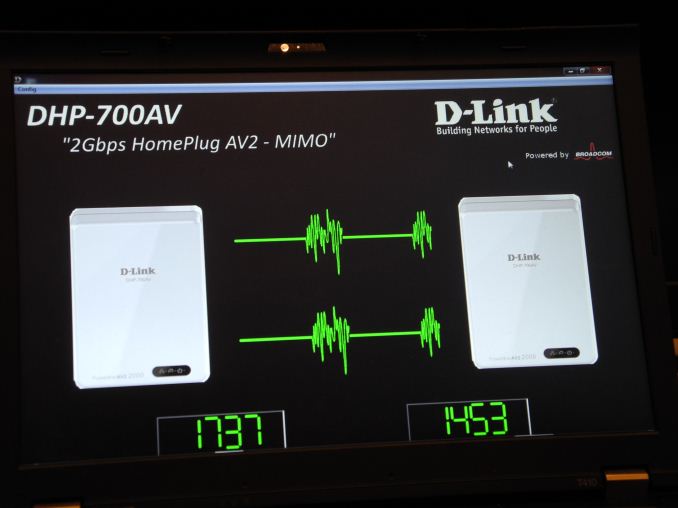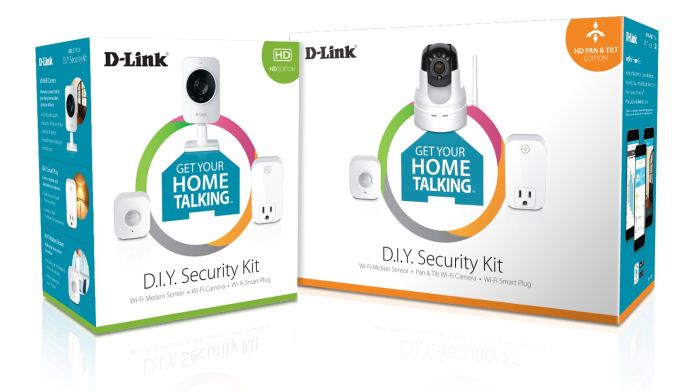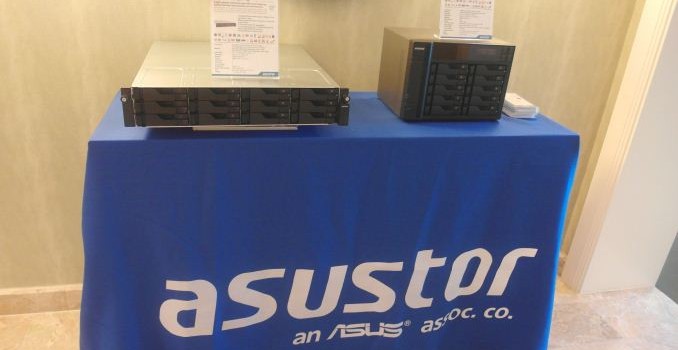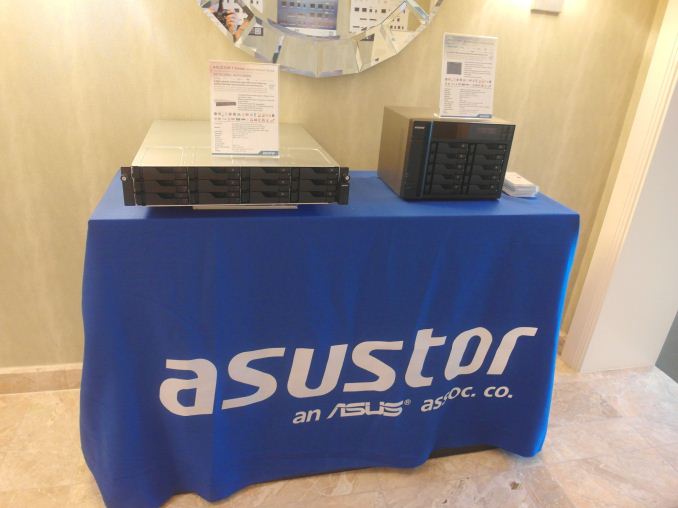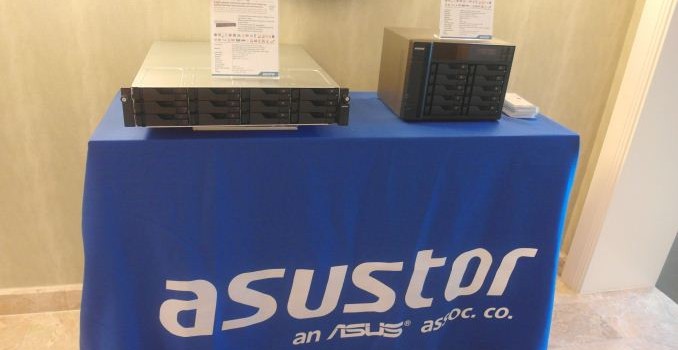D-Link’s Networking Solutions at CES 2015
D-Link had one of the most exciting networking suites at CES 2015. The fact that they seem to be having the lead when it comes to adopting Broadcom’s latest MU-MIMO solutions played a major role. Having been behind the hub for the Staples Connect product, they also have enough know-how to aggressively tackle the connected home market. Without further digression, we take a look at the various products that D-Link had on display at their CES suite.
The ULTRA Series of Routers
D-Link’s revamped router lineup consists of three main products:
(a) DIR-890L AC3200: This is the standard XStream configuration from Broadcom with two sets of 5 GHz radios and one 2.4 GHz radio. Speeds of up to 1.3 Gbps on each 5 GHz radio and 600 Mbps on the 2.4 GHz radio justify the AC3200 tag. This model is shipping now for $310.
(b) DIR-885L AC3100: This is based on Broadcom’s recently announced 4×4 MU-MIMO solution (BCM4366 + BCM47094). The maximum WLAN PHY rate is 2165 Mbps for the 5 GHz band and 1000 Mbps for the 2.4 GHz band.
(c) DIR-895L AC5300: This combines the Broadcom 4×4 MU-MIMO solution with the XStream concept – putting 2x 4×4 MU-MIMO capable radios together gives 2.1 Gbps on each of the 5 GHz bands along with 1 Gbps on the 2.4 GHz band to justify the AC5300 name.
D-Link is also set to launch a 3×3 802.11ac USB Wi-Fi adapter in the DWA-192/R. Obviously, with the AC1900 rating, it supports connection via USB 3.0 for maximum performance. Pricing for everything other than the DIR-890L is yet to be decided. Shipping is slated for Q2 2015.
The industrial design of all the products in the ULTRA series is quite striking. It is definitely fitting for the revamp considering that D-Link effectively was an also-ran for the previous two generations of 802.11ac products.
Powerline Networking
On the PLC front, D-Link is again at the forefront with one of the highest performing powerline kits in the market. The PowerLine AV2 2000 (DHP-701AV) Gigabit starter kit is based on the Broadcom BCM60500 HPAV2 MIMO chipset.
D-Link also updated their AV2 1000 DHP-601AV product. Unlike the DHP-701AV, this is not MIMO-capable. Both products are scheduled to launch this quarter, with the kits coming in at $130 and $80 respectively.
The Smart Home Play
As I mentioned in the introduction to this piece, D-Link has been accumulating expertise in the connected home market, thanks to being the hub manufacturer for the Staples Connect program. The Smart Home is an interconnection of automation, entertainment and security aspects in a typical house. In order to tackle this market, D-Link is having two plays in mind – DIY security kits and a set of Wi-Fi / Z-Wave sensors along with a hub for the DIY home automation market.
The DIY security kit comes in two flavours – the HD edition and the HD Pan and Tilt Edition.
The kits come with a motion sensor, a smart switch (the one that D-Link has been shipping for about a year now) and a HD IP camera (with pan and tilt capabilities in the latter edition). The IP camera in the first package (HD edition) is the DCS-935L capable of recording H.264 clips at 720p30. It is one of the first 802.11ac-capable IP cameras that I have seen in the market.
The mobile apps ecosystem for the above kit is the same as that for the DIY home automation kit. The IP cameras have their own ecosystem with the mydlink Cloud – recordings get uploaded when motion is detected. Fortunately, local storage with a D-Link NVR is also possible.
The DIY Security Kit – HD Edition (DCH-101KT), DIY Security Kit – HD Pan & Tilt Edition (DCH-301KT) and the HD Wi-Fi Camera (DCS-935L) will go on sale later this quarter with pricing set at $190, $230 and $120 respectively.
The home automation play from D-Link is quite strong this year. At the heart of the ecosystem is the Connected Home Hub (DCH-G020 – Q2 2015 – $80) which acts as a Wi-Fi / Z-Wave bridge with a wired connection to the router. It is AllSeen compatible. Two Z-Wave sensors (Open/Close – DCHZ110 – Q2 2015 – $40 and Motion Sensor – DCH-Z120 – Q2 2015- $50) and two Wi-Fi sensors (water sensor – DCH-S160 – Q2 2015 – $60 and siren – DCH-S220 – Q2 2015 – $50) round out the lineup. The mydlink Home App controls all these devices, sets rules and allows creation of scenes – the typical home automation play.
My only complaint as a power user / person who likes to tinker around is that the ecosystem is closed – It is not currently possible, for example, to even control the Wi-Fi Smart Plug with the Logitech Harmony Home Automation hub.
The last two years have been a bit quiet for D-Link. So, it was great to see them bouncing back with very interesting products. My only wish is for them to recognize the value of a open home automation platform. On the router side, shipping the AC5300 DIR-895L in Q2 would definitely bring D-Link back in contention as a market leader.

